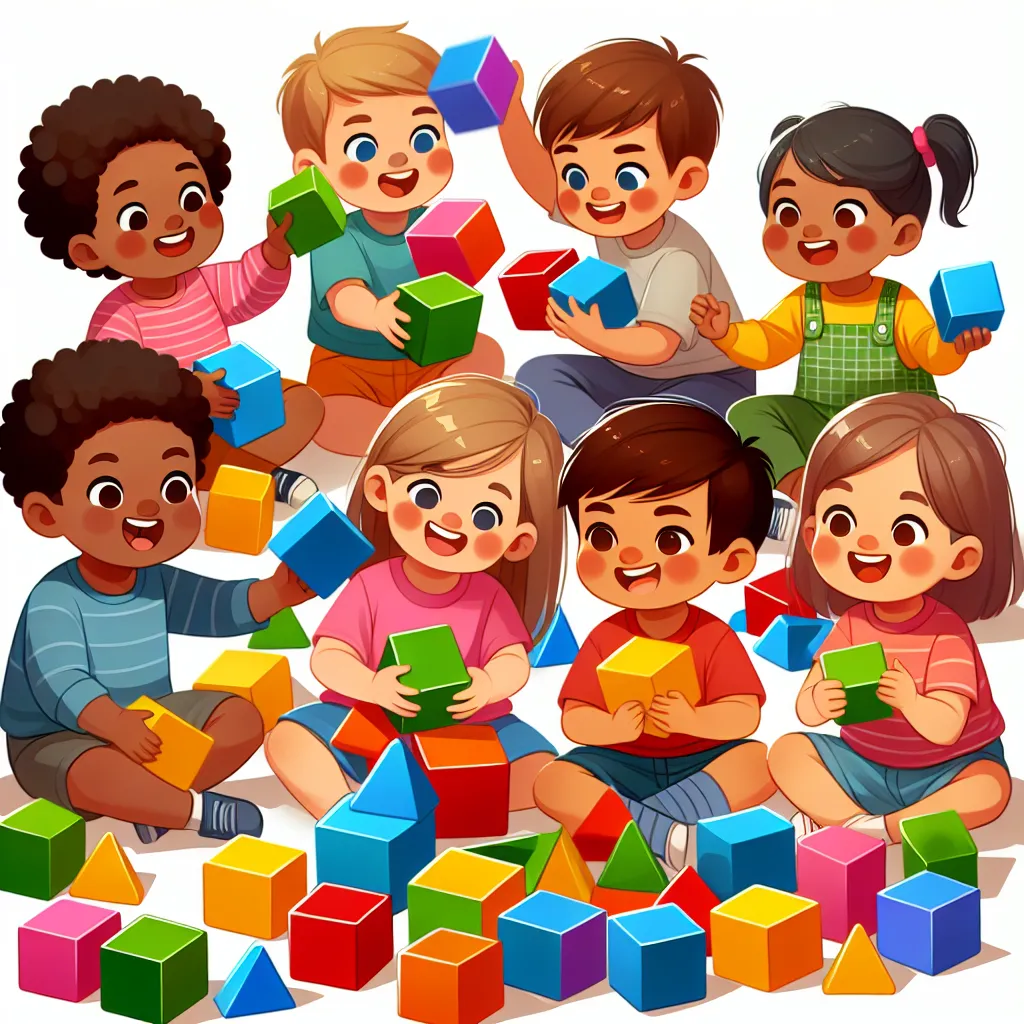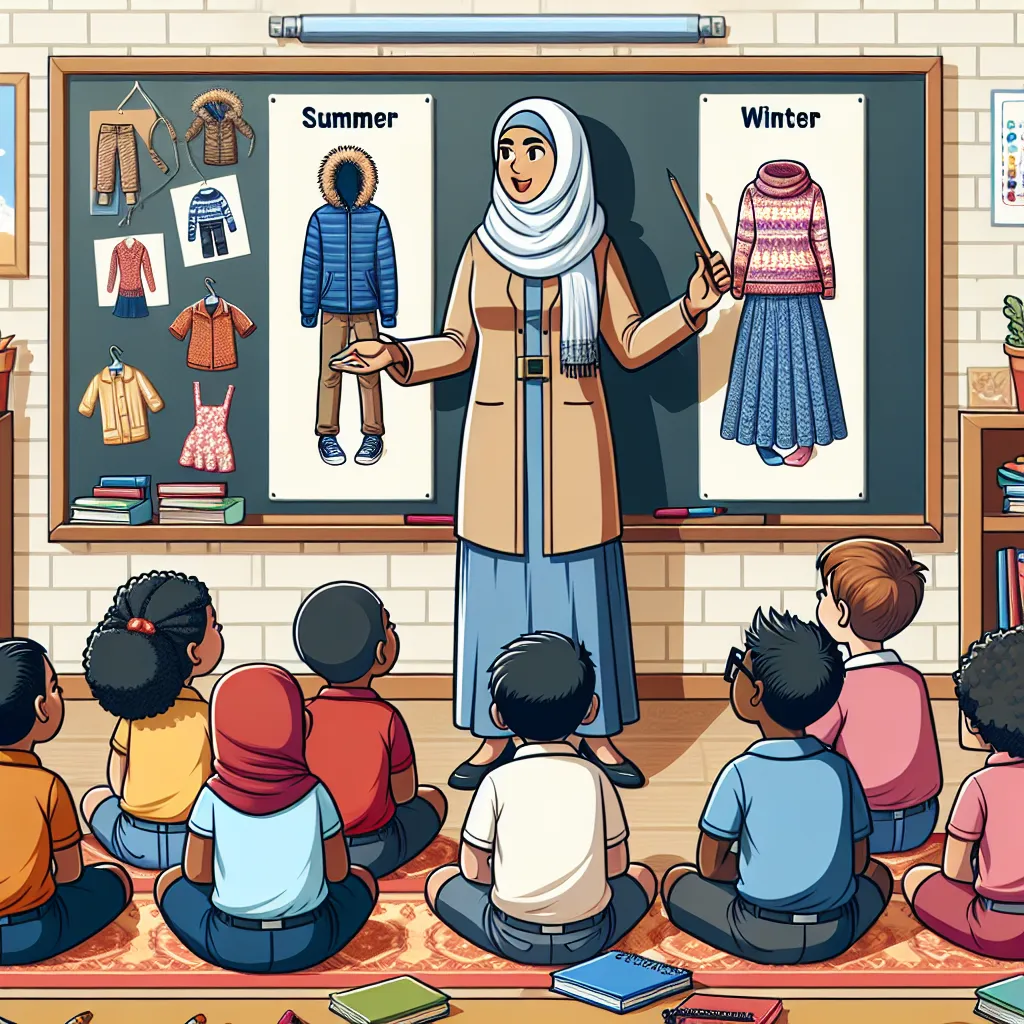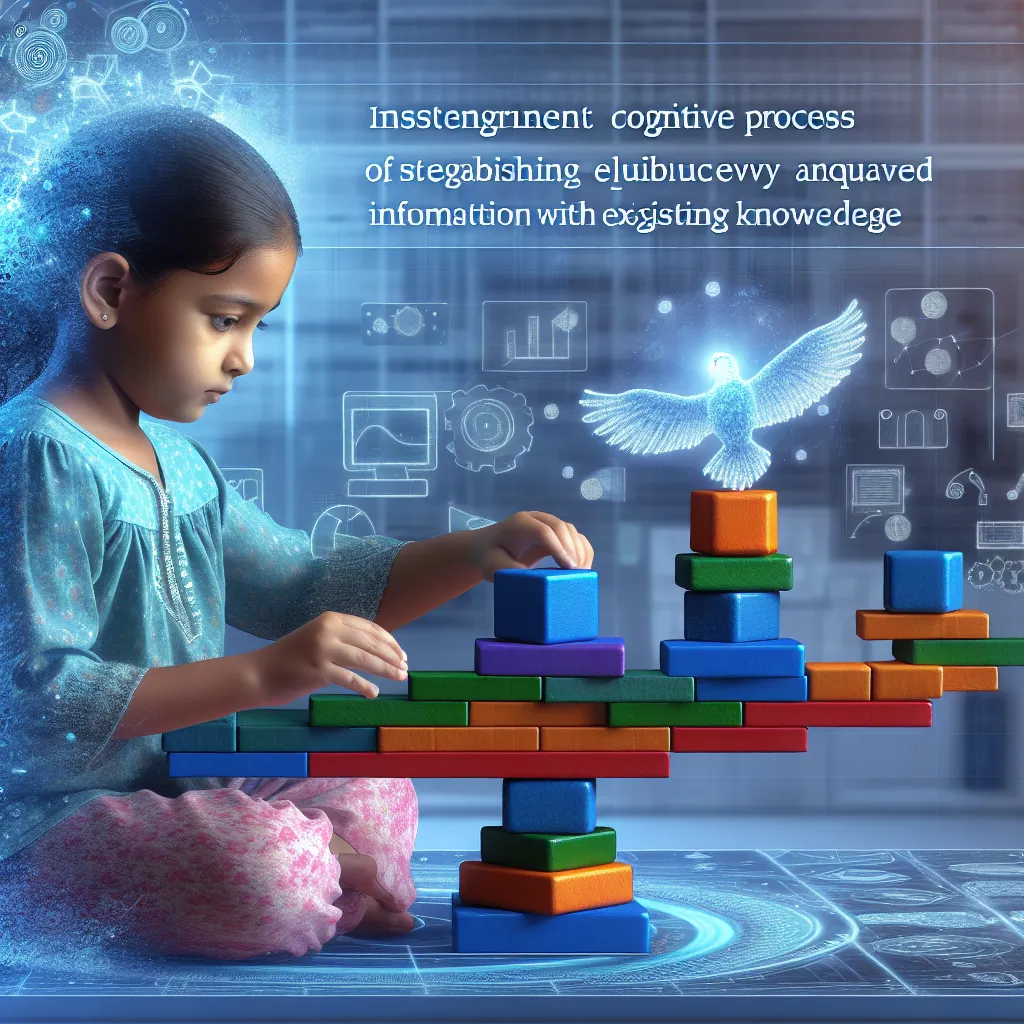Ask AI on The Internet
Question: 2.1 In your own words, explain the central idea behind Piaget's theory of learner's knowledge acquisition. (2) 2.2 Describe the concept of "schemes" as proposed by Piaget. How do learners develop and modify these schemes as they interact with their environment? (6) 2.3 Critically explain the process of assimilation in the context of Piaget's theory. Provide ONE (1) example of how learners assimilate new information into their existing knowledge. (3) 2.4 Differentiate between assimilation and accommodation according to Piaget's theory. Provide a real-life scenario where a child would need to use both processes to make sense of a new experience. 2.6 Critically discuss the role of equilibrium in Piaget's theory of cognitive development and discuss how it relates to the balance between existing knowledge and new learning in a learner's mind. Provide ONE (1) example of a situation where a learner achieves equilibrium. (3) 2.6 Create a short activity that demonstrates how a Grade R teacher builds new knowledge onto existing knowledge in the classroom. Use any ONE (1) of the following topics: - Transport - Seasons - Farm animals - Healthy lifestyle - Safety
2.1 Piaget's theory of knowledge acquisition suggests that learning is a proactive process in which learners construct knowledge based on their experiences. Instead of passively receiving information, learners actively participate in the learning process, connecting new knowledge with previous learned information and experiences. 2.2 The concept of "schemes" or "schemas" in Piaget's theory refers to mental structures or categories of thoughts that represent a particular aspect of the world. These structures change based on a child's interactions with the environment. Each step of interaction involves the process of assimilation (incorporating new information into existing schemes) and accommodation (adjusting schemes in response to new experiences). Through these two processes, learners develop more complex and sophisticated schemas. 2.3 Assimilation, according to Piaget, is the process of integrating new information into pre-existing cognitive schemas. For example, a child who knows how to play a board game might easily learn a new game with similar rules, incorporating the new information into their existing schema about board games. 2.4 Assimilation and accommodation in Piaget's theory represent two different ways in which learners adjust their understanding of the world. Assimilation refers to incorporating new experiences into existing schemas, while accommodation refers to modifying existing schemas when they are unable to incorporate new information appropriately. For instance, a child learning about animals might assimilate information about a new type of dog into their existing schema about dogs. However, when they learn about birds, they may need to accommodate this new information by creating a separate schema. 2.5 In Piaget's theory, equilibrium is the state of cognitive balance that is obtained when a learner's schemas can adequately explain all of their experiences. The balance between existing knowledge and new learning is essential to maintain a state of equilibrium. For instance, a teenager learning about personal finances might experience disequilibrium when encountering concepts like interest rates or mortgages. They reach equilibrium again when they understand these concepts and incorporate them into their knowledge structure. 2.6 Considering the topic of farm animals, a Grade R teacher can build new knowledge onto existing knowledge by starting with animals children are already familiar with. For example, if children already know about cats and dogs, the teacher could introduce cow and explain their similarities and differences with cats and dogs. This activity allows children to relate their existing knowledge about pets to a new situation, using both assimilation and accommodation.
A new large language model has been made available since this question was asked.
To generate an updated answer from the new model, click the button below.
Think your answer is better than the AI's? Post it below.
Other Most Relevant Posts:
 2.1 Unveiling the Pillars of Piaget's Knowledge Acquisition Theory
2.2 Unlocking Piaget's Concept of Schemes: How Learners Develop and Modify
2.3 The Art of Assimilation: Integrating New Information i
2.1 Unveiling the Pillars of Piaget's Knowledge Acquisition Theory
2.2 Unlocking Piaget's Concept of Schemes: How Learners Develop and Modify
2.3 The Art of Assimilation: Integrating New Information i
 2.1 Piaget's Theory: Understanding How Learners Acquire Knowledge.
2.2 Unraveling "Schemes": Piaget's Concept of Learners' Cognitive Structures.
2.3 Assimilation in Piaget's Theory: Integrating New
2.1 Piaget's Theory: Understanding How Learners Acquire Knowledge.
2.2 Unraveling "Schemes": Piaget's Concept of Learners' Cognitive Structures.
2.3 Assimilation in Piaget's Theory: Integrating New
 2.1 Piaget's Theory of Knowledge Acquisition: Exploring How Learners Develop Understanding
2.2 Unlocking the Power of Schemes: Piaget's Idea of Learners Interacting and Modifying Their Mental Structu
2.1 Piaget's Theory of Knowledge Acquisition: Exploring How Learners Develop Understanding
2.2 Unlocking the Power of Schemes: Piaget's Idea of Learners Interacting and Modifying Their Mental Structu
Question Tags
If you want your question answered by an AI, click here.




Post your own comment: